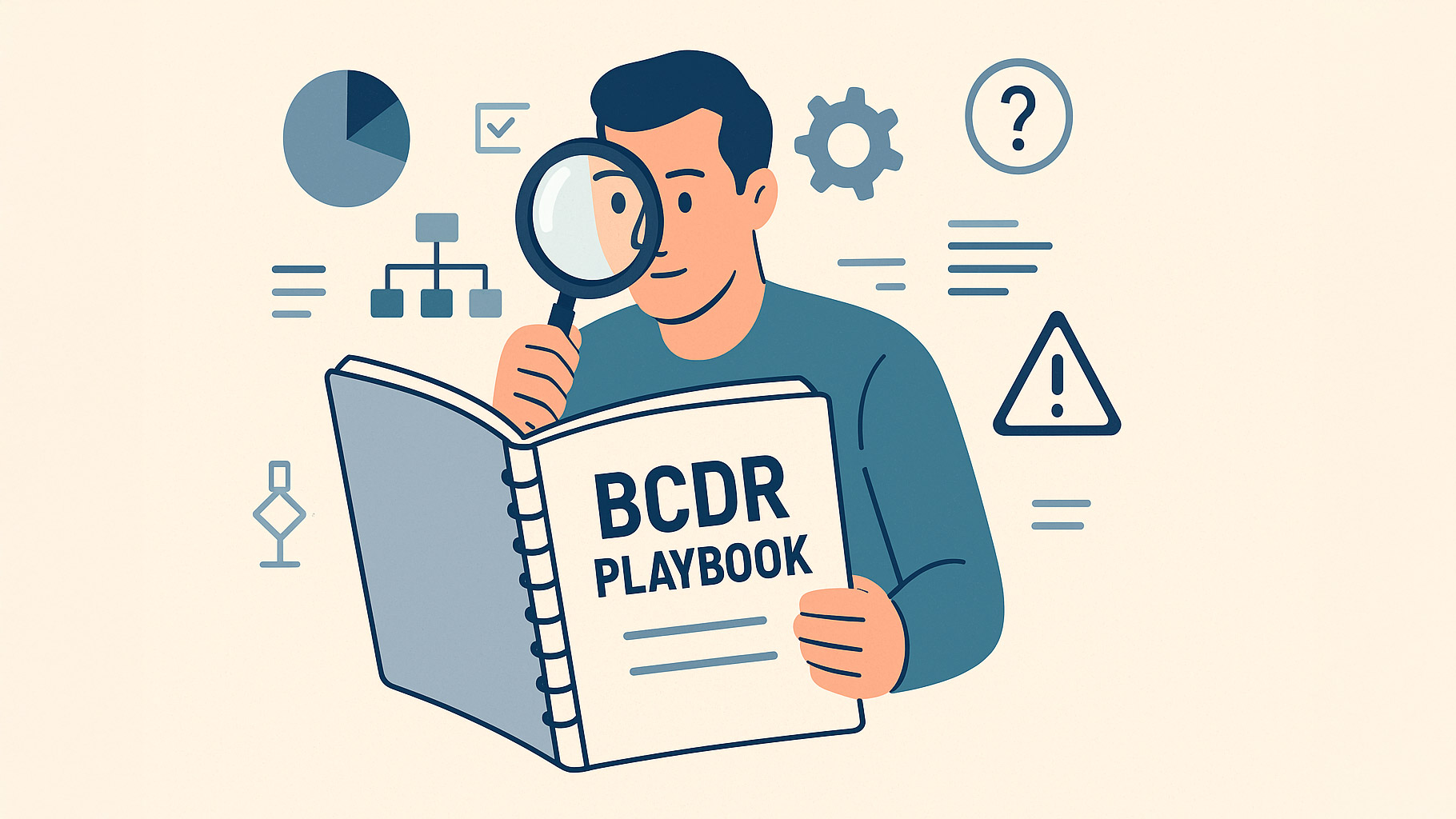I’ve led sales teams for managed service providers for more than 10 years, with experience ranging from a roughly $1 million company up to a $60 million MSP. Throughout my time in this space, I’ve learned a ton about what to do—and what not to do—when it comes to sales engagement. But one of the touchiest subjects I ran into time and time again was the idea of co-managed IT.
There are a few potential use cases for co-managed deployments. One is a small business with a limited internal staff that wants to augment its skills without hiring full-time resources. Another is an organization that prefers to manage certain functions or processes internally, while offloading other maintenance and ongoing tasks to a third party. Compliance and regulatory requirements can also play a role here.
For years, however, co-managed IT has been viewed as a scary concept by both service providers and the clients they support. How does the MSP work alongside the client? How does the client’s internal IT staff retain their jobs and make sure the MSP doesn’t ultimately push them out of the organization? Who exactly is responsible for various processes and tasks? What happens when something goes wrong?
When handled properly, co-managed IT draws on the strengths of both teams—creating a best-of-both-worlds scenario that can enable technology to be managed more effectively and at scale.
Let’s dive into this a bit further.
In my own experience selling managed services, I always felt my primary job was to provide education and support to my clients. Today, this is more important than ever. Internal IT groups need help and guidance, and above all else they need someone they can trust. Enter their MSP, VAR, managed security services provider, etc.
To establish trust, build relationships, and de-escalate any sense of competition with internal IT, set clear expectations and delineate responsibilities. Uncover the biggest challenges your client’s business is facing. What’s the internal IT group struggling with the most? How can you help? How can you support them in a way that makes them look (and feel) like the superstars or heroes?
The reality is that internal IT teams are almost always understaffed, overworked, and in need of extra help. Walking through their pain points and understanding their concerns will help get things started on the right foot.
Instead of immediately trying to sell them something—or talking to the boss about cost savings associated with replacing them—focus on improving an existing process or better leveraging existing systems. And, importantly, be sure to ask them how they think you can help and what they’d like to see from you. This balance and shared responsibility often looks very different in a co-managed environment compared to a traditional MSP-to-SMB relationship.
Think of it this way: Your car mechanic tells you, “”You need to replace your brake lines!”” Your response is likely going to be, “”Why?”” If the mechanic responds with, “”(insert overly complex mechanic jargon here),”” you’d be confused and less likely to buy.
What if instead the mechanic said, “”Hey, we found a problem with your brake lines and you probably have a few months of wear and tear left. After that, likely scenarios may be X, Y, or Z”” (e.g., you’ll lose your brakes and can’t stop). The problem is still clear, but now the expert is guiding you through the problem in terms you can easily understand, making it more likely he will close the sale.
This is where MSPs as subject matter experts truly shine and add value. It’s not that we know all the technical components, how every single piece of software works, or the “”speeds and feeds”” of all the network gear. Rather, our value is that we listen to our partners, identify potential needs, and communicate in a succinct, easy-to-understand way.
When you educate your clients to help them make better choices and decisions, your job gets immensely easier. Not only that, but the client gets far more value from the partnership.
So what’s the tl;dr here? For MSPs, VARs, or any other provider considering a co-managed deployment:
- Clearly define how you are going to PARTNER with your clients.
- Understand the headaches that the internal IT group is dealing with, and help them work toward a solution TOGETHER.
- Be their trusted subject matter expert, in the ways they need it.
- Continue to educate and help level-up everyone around you. Giving back in this manner will generate so much goodwill and trust, it’s beyond calculation.
- Communicate concisely, removing tech-speak and IT jargon as much as possible. If you’re already doing this, continue to practice and refine it.
- Speak with clients the way you’d want someone to speak with you.
Co-managed IT shouldn’t be scary—it should be empowering for both the provider and the client. It’s all about continuing to make everyone around you better. Who knows, you might even end up learning as much from that internal IT team as they learn from you!
MATT TOMLINSON is the director of channel partnerships at Huntress, responsible for cultivating relationships with all partners, broader channel strategy, and sales. Previously, Tomlinson spent over 10 years in the MSP space with Carolinas IT and Logically, where he streamlined the sales process, improved relationships with channel partners, secured better financing options for clients, and led the companies to achieving record profits. When he’s not working, he enjoys watching the Seattle Seahawks, playing pool, and spending time with his wife and their two children. Matt lives in Cary, N.C.












